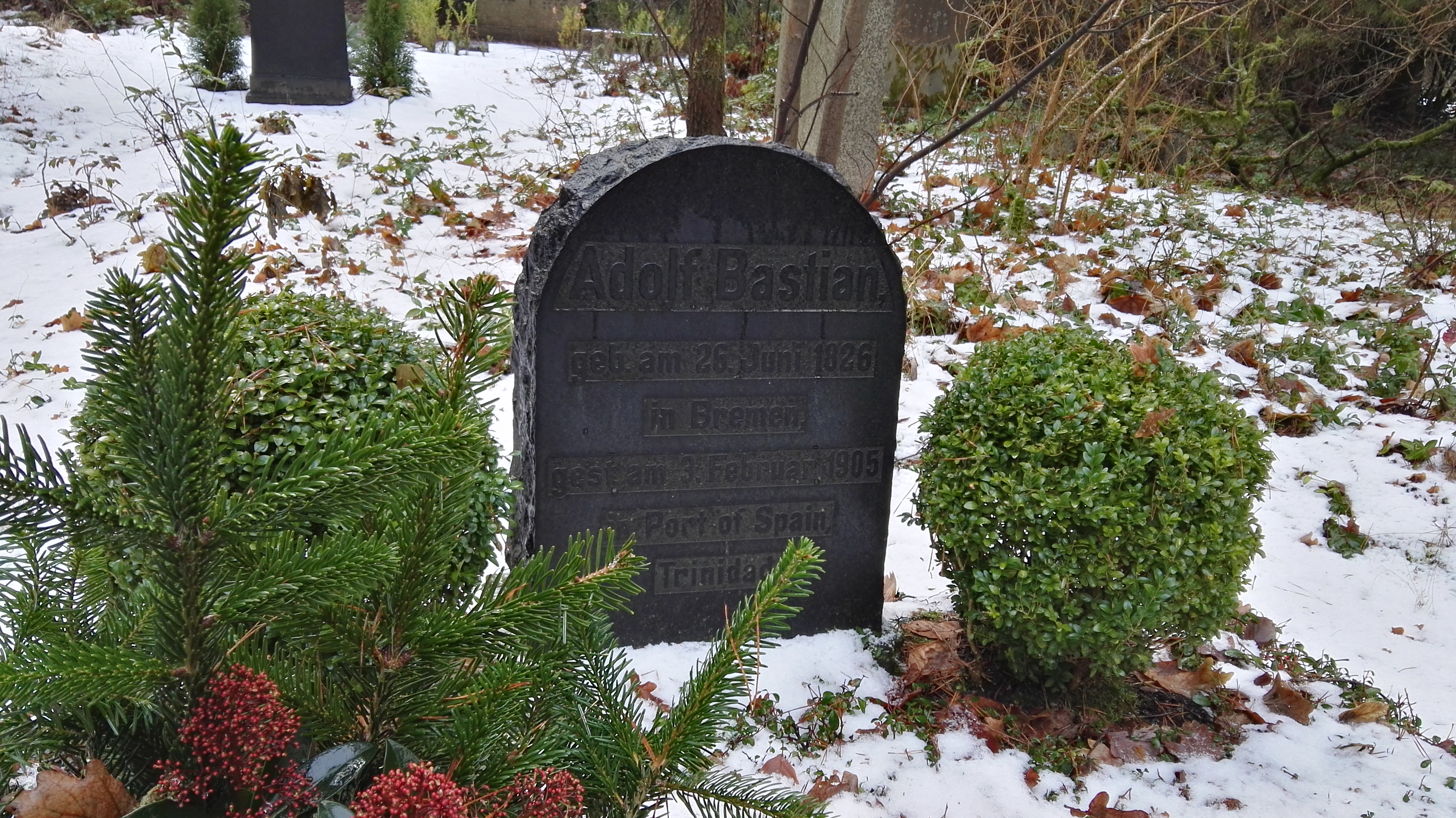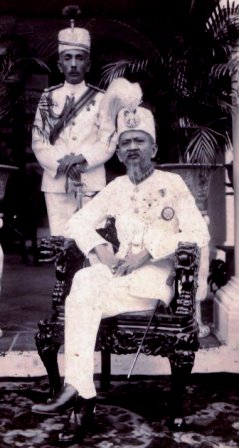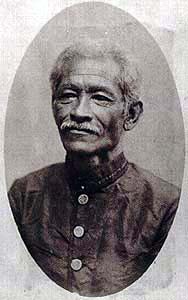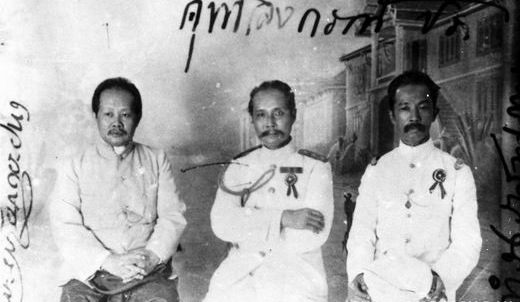|
Dushdi Mala Medal
The Dushdi Mala Medal ( th, เหรียญดุษฎีมาลา, ) is a civil decoration in the honours system of Thailand, and the highest-ranked medal among those granted for services to the state. The award was established by King Chulalongkorn (Rama V) in 1882 to celebrate the centennial of the Rattanakosin Kingdom. Originally given in five categories, each with an associated pin attached as a medal bar, today it is only awarded for distinguished services in the domains of the arts and sciences, which is denoted by the Pin of Arts and Science (Sinlapa Witthaya). History Thailand's modern honours system was established by King Mongkut (Rama IV, r. 1851–1868) and formalized by King Chulalongkorn in 1869. In 1882, to celebrate the centennial of the Rattanakosin Kingdom, Chulalongkorn created the Order of the Royal House of Chakri and the Dushdi Mala Medal. While the royal order would be granted only to members of the Royal Family, the medal was to be awarded fo ... [...More Info...] [...Related Items...] OR: [Wikipedia] [Google] [Baidu] |
Civil Decoration
Civil awards and decorations are awarded to civilians for distinguished service or for eminence in a field of endeavour. Military personnel might also be eligible for services of a non-military nature. There are various forms of civil awards and decorations, including the following. *Orders of chivalry, usually in several classes, for distinguished service to the government, the community, society or humanity. One example that is non-military in nature would be the British Order of St Michael and St George. Other orders may contain both military and civil divisions, such as the Order of the British Empire. *State orders that are not orders of chivalry, for service to the government, the community, society or humanity. An example would be the Order of Canada, or certain Orders of the Russian Federation. *Awards and decorations for service to the government or for eminence in a field of endeavour. Examples are the American Congressional Gold Medal, the Presidential Medal of Freedom, ... [...More Info...] [...Related Items...] OR: [Wikipedia] [Google] [Baidu] |
Royal Staff
The royal staff or ''Than Phra Kon'' ( Thai: ธารพระกร) is one of the five royal regalia of the King of Thailand. The staff is made of cassia wood and enclosed at both ends in gold. It has a length of . One end has a knob and there are three tines at the foot. The royal staff is used as a symbol of regal authority as in other cultures around the world, and is associated in Thailand Thailand ( ), historically known as Siam () and officially the Kingdom of Thailand, is a country in Southeast Asia, located at the centre of the Indochinese Peninsula, spanning , with a population of almost 70 million. The country is b ... with the guiding of the king's footsteps down the path of justice and equity. See also * Great Crown of Victory * Royal Nine-Tiered Umbrella * Sword of Victory * Coronation of the Thai monarch References {{reflist Regalia of Thailand ... [...More Info...] [...Related Items...] OR: [Wikipedia] [Google] [Baidu] |
Sanan Devahastin Na Ayudhya
Sanan Devahastin na Ayudhya (also spelled Thephasadin among other variants; th, สนั่น เทพหัสดิน ณ อยุธยา, , ; 1 January 1877 – 1 February 1943), better known by his noble title Chaophraya Thammasakmontri (, ), was an educator, writer and senior government officer of Siam/Thailand. He served as Minister of Public Instruction from 1915–1926, and was the first President of the National Assembly, serving from 28 June – 1 September 1932 and from 15 December 1933 – 26 February 1934. Personal life Sanan Devahastin na Ayudhya was born near the Hua Met Shrine, Saphan Shan District, Phra Nakhon Province, Bangkok, on 1 January 1877. When he was eight years old his father died and his life changed, although this misfortune proved providential in some ways to his future career as an educator, minister and key member of the court of King Rama VI. Despite being the son of a senior nobleman and a direct descendant of King Rama I, he helped moth ... [...More Info...] [...Related Items...] OR: [Wikipedia] [Google] [Baidu] |
Adolf Bastian
Adolf Philipp Wilhelm Bastian (26 June 18262 February 1905) was a 19th-century polymath best remembered for his contributions to the development of ethnography and the development of anthropology as a discipline. Modern psychology owes him a great debt, because of his theory of the ''Elementargedanke'', which led to Carl Jung's development of the theory of ''archetypes''. His ideas had a formative influence on the "father of American anthropology" Franz Boas, and he also influenced the thought of comparative mythologist Joseph Campbell. Life Bastian was born in Bremen, at the time a state of the German Confederation, into a prosperous bourgeois German family of merchants. His career at university was broad almost to the point of being eccentric. He studied law at the Ruprecht Karl University of Heidelberg, and biology at what is today Humboldt University of Berlin, the Friedrich Schiller University of Jena, and the University of Würzburg. It was at this last university that he a ... [...More Info...] [...Related Items...] OR: [Wikipedia] [Google] [Baidu] |
Pia Malakul
Mom Rajawongse Pia Malakul ( th, หม่อมราชวงศ์เปีย มาลากุล, 16 April 1867 – 14 February 1917), better known by his noble title Chaophraya Phrasadet Surentharathibodi (), was a Thai educationalist who was influential in the development of Siam's modern education system during the early twentieth century. He served as Minister of Public Instruction under King Vajiravudh from 1912 to 1916, and laid out the country's first formal education plan. He was also a writer; his manual on modern etiquette, ''Sombat Khong Phudi'' (''Qualities of a Gentleman''), is one of his most influential works. In recognition of his contributions to education, the 150th anniversary of his birth was celebrated in association with the UNESCO in 2017. Early life Mom Rajawongse Pia was born on Tuesday 12th, waxing moon, 5th month, year of the rabbit, which corresponds to 16 April 1867. His father was the Prince Krommamuen Prapporapak, a grandson of King Rama II; ... [...More Info...] [...Related Items...] OR: [Wikipedia] [Google] [Baidu] |
Svasti Sobhana
Prince Svasti Sobhana, the Prince Svastivatana Visishtha ( th, สมเด็จพระเจ้าบรมวงศ์เธอ พระองค์เจ้าสวัสดิโสภณ กรมพระสวัสดิวัดนวิศิษฎ์, ; 22 December 1865 – 10 December 1935) was a son of King Mongkut (Rama IV) and Princess Consort Piam. He had the same parents as the 3 queens of King Chulalongkorn, Queen Sunandha Kumariratana, Queen Savang Vadhana and Queen Saovabha Bhongsi. He was the father of Queen Rambai Barni. Prince Svasti Sobhana was the sixtieth child of King Mongkut. Honours * Grand Cross of the Order of the Dannebrog, ''31 July 1894'' (Denmark) * Grand Cordon of the Royal Order of Leopold, ''1897'' (Belgium) * Grand Cross of the Royal Hungarian Order of St. Stephen, ''1897'' (Austria-Hungary) * Knight of the Royal Order of the Seraphim, ''14 July 1897'' (Sweden-Norway) * Knight of the Order of the Elephant, ''25 July 1897'' (De ... [...More Info...] [...Related Items...] OR: [Wikipedia] [Google] [Baidu] |
Abdul Hamid Halim Of Kedah
Paduka Sri Sultan Sir Abdul Hamid Halim Shah ibni Almarhum Sultan Ahmad Tajuddin Mukarram Shah (4 June 1864 – 13 May 1943) was the 26th Sultan of Kedah. He reigned from 1881 to 1943. Foreign relations During his reign, the Sultan had asked for a $2,500,000 loan from Siam during a state financial crisis in 1905. The loan was extended with the proviso that a Financial Advisor from the court of Siam be accepted and a State Council be created to assist the Sultan in the administration of all public affairs. This resulted in the promulgation of a new constitution on 29 July 1905. The state council were run by his brothers followed by their sons. The formation of the State Council thus curbed the Sultan's administrative powers. His reign marked the transition from Rattanakosin Kingdom (1782–1932), Siamese suzerainty over Kedah to the British Protectorate of Unfederated Malay States following the Anglo-Siamese Treaty of 1909. Personal life He was the son of Sultan Ahmad Tajuddi ... [...More Info...] [...Related Items...] OR: [Wikipedia] [Google] [Baidu] |
Inthawichayanon
Inthawichayanon ( th, อินทวิชยานนท์, , , ; nod, , c. 1817 – 23 November 1897) was the 7th Ruler of Chiang Mai and Ruler of Lanna from 1870 until his death in 1897. His daughter, Princess Dara Rasmi of Chiang Mai became King Rama V's Princess Consort. During his reign the ties of the previously independent tributary state with the central government in Bangkok were intensified, culminating in the creation of the Monthon Phayap in 1892, by which Lanna was formally annexed. Born on c. 1817 as Prince Inthanon (เจ้าอินทนนท์) to ''Phraya Maha Phrom Khamkhong'' (พระยามหาพรหมคำคง), lord viceroy of Chiangmai, and ''Princess Khamla'' (คำหล้า). He is a grandson of ''Prince Khamfan'', the 3rd ruler of Chiangmai. He was concerned about the preservation of the mountain forests in the Thai highlands. Before he died he ordered that his remains be kept at Doi Luang, the highest mountain of the Thanon T ... [...More Info...] [...Related Items...] OR: [Wikipedia] [Google] [Baidu] |
Khun Chayasathitsakon (Thongdi Chitragani)
Francis Chit, born Chit ( th, จิตร; 1830 – 23 May 1891) and known by the noble titles Khun Sunthonsathitsalak and Luang Akani Naruemitr, was a Thai photographer and the first to practise the craft professionally. He worked as a royal court photographer for kings Mongkut (Rama IV) and Chulalongkorn (Rama V), and also operated out of his studio, known in its later days as Francis Chit and Sons, which occupied a floating house in the Kudi Chin neighbourhood. He contributed significantly to the photographic record of Siam, and the originals of his works now form part of the National Archives' royal collection, which has been inscribed in the UNESCO's Memory of the World Register. Biography Chit was born c. 1830, a son of a military marksman of the Front Palace named Tueng (). Little of his personal life was documented, though he was probably a Catholic member of the Kudi Chin community, with partial Portuguese diaspora in Thailand, Portuguese ancestry; he had the baptisma ... [...More Info...] [...Related Items...] OR: [Wikipedia] [Google] [Baidu] |
Narisara Nuwattiwong
Prince Chitcharoen, the Prince Narisara Nuwattiwong ( th, นริศรานุวัดติวงศ์ ; 28 April 1863 – 10 March 1947), Prince Naris for short, né Chitcharoen (), was a member of the royal family of Siam (now Thailand), minister, general and scholar. A polymath, he became known as "the great craftsman of Siam" and "the prince master". The anniversary of his birth, 28 April, is celebrated in Thailand as "Prince Naris Day". Early life Prince Narisara Nuwattiwong was born on 28 April 1863 in Bangkok, Thailand. He was the son of Pannarai and King Rama IV (also known as King Mongkut). Prince Nuwattiwong was educated by Western missionaries who encouraged his interest in the fine arts. Career Government Prince Narisara Nuwattiwong was appointed as the Director of Public Works, Town and Country Planning for the Ministry of the Interior. He worked on Thailand's early urban planning and became an Art Advisor for the Royal Institute of Thailand. His other jobs in ... [...More Info...] [...Related Items...] OR: [Wikipedia] [Google] [Baidu] |
Damrong Rajanubhab
Prince Tisavarakumarn, the Prince Damrong Rajanubhab (Thai: ; Full transcription is "Somdet Phrachao Borommawongthoe Phra-ongchao Ditsawarakuman Kromphraya Damrongrachanuphap" (สมเด็จพระเจ้าบรมวงศ์เธอ พระองค์เจ้าดิศวรกุมาร กรมพระยาดำรงราชานุภาพ)) (21 June 1862 – 1 December 1943) was the founder of the modern Thai educational system as well as the modern provincial administration. He was an autodidact, a (self-taught) historian, and one of the most influential Thai intellectuals of his time. Born as ''Phra Ong Chao Tisavarakumarn'' (พระองค์เจ้าดิศวรกุมาร; "Prince Tisavarakumarn"), a son of King Mongkut with Consort Chum (เจ้าจอมมารดาชุ่ม; Chao Chom Manda Chum), a lesser royal wife; he initially learned Thai and Pali from private tutors, and English at the Royal School with Mr. F ... [...More Info...] [...Related Items...] OR: [Wikipedia] [Google] [Baidu] |






